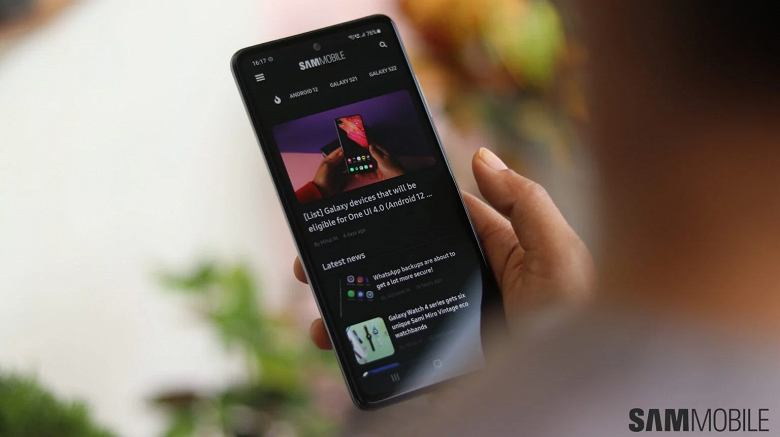Four smartphones and one tablet
Samsung only loses to Apple in the field of support and software updates for smartphones. However, for a long time in the Android ecosystem, manufacturers including Samsung have released two major Android updates for their smartphones and tablets.

In Samsung’s case, it didn’t matter if the device was a flagship or a mid-range phone – most of them only received two big Android updates. But that changed in 2020 when the company announced that all Galaxy flagship phones released in 2019 and beyond will receive three Android updates.
However, it didn’t end there. Eventually Samsung decided to add a fourth year of major OS updates to its flagships and some mid-range phones. And while the list of mid-range devices eligible for the four-year OS update was initially quite small and limited to the Galaxy A line only, Samsung has expanded the policy to cover more devices in 2022, including the Galaxy M and Galaxy F lines and lower-priced A-series phones.
As a result, no Galaxy device with the promised four generations of Android has been around long enough to hit the limit in 2023. However, this does not apply to devices that were only promised three years of Android OS updates. For some of them, Android 14 will be the third and final big update. After that, gadgets will continue to receive only security updates and one or two minor One UI skin updates.
For a number of Samsung devices, the Android 14 update will be the last: the “hit list”
Here is a list of devices for which Android 14 will be the third and final update:
- Samsung Galaxy A52;
- Samsung Galaxy A52s;
- Samsung Galaxy A52 5G;
- Samsung Galaxy A72;
- Samsung Galaxy Tab S7.
These models initially shipped with Android 11 out of the box and were eligible for three major Android updates. The list does not include devices that will not migrate to Android 14, because although they were launched with Android 12, they are not subject to either the three-year or four-year update policy of Samsung.




